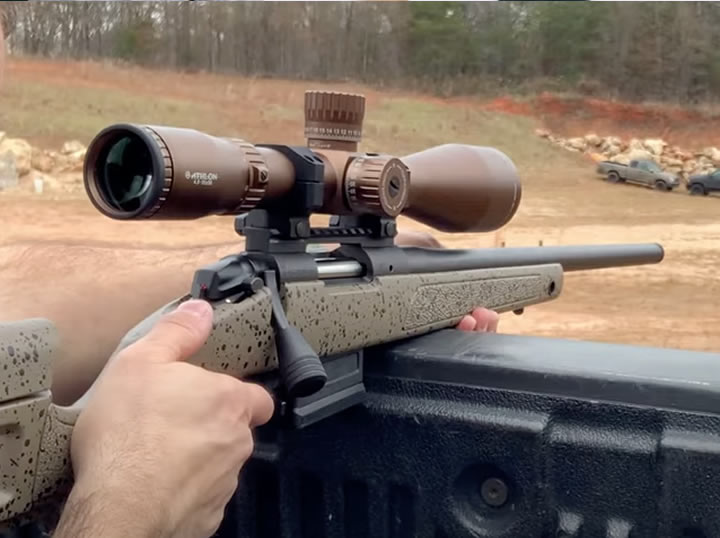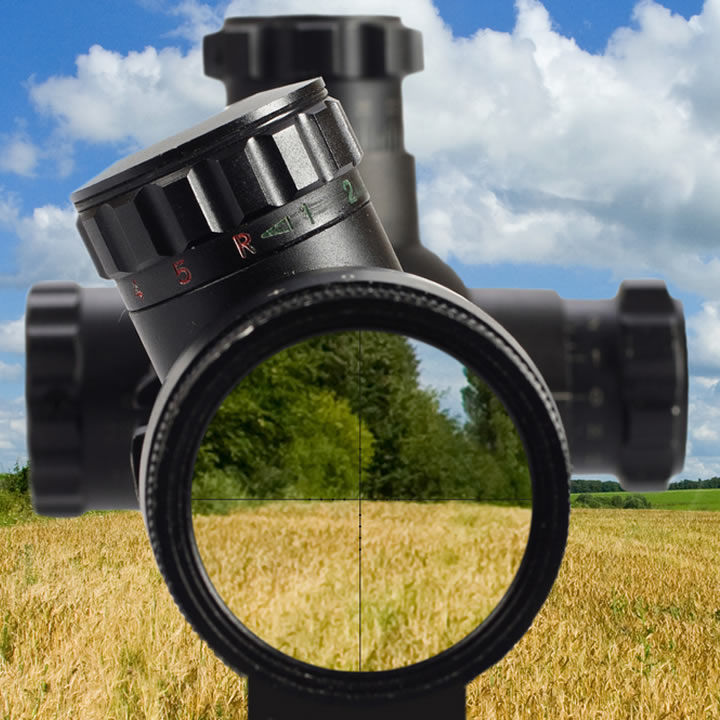There are several characteristics and functionalities to consider while buying a rifle scope. The number is too great to take these all into account. The initial step is to gauge every element of a rifle scope, especially the Barrett Rifles.
Then you may decide what elements are essential to separate shooting or hunting techniques.

Elements To Consider While Choosing A Scope
Let’s list essential aspects to consider and divided them to help you make the best decision before selecting a rifle scope.
Additionally, let’s include here important information, including how to install your scope correctly on a rifle and exactly how to boresight your area could save time for you to reap the benefits of it.
Below are only a handful of the most crucial elements to discuss.
Focal Magnification
Magnification is often referred to as the technicality of a rifle scope. You should select it accurately for rifles like the Barrett Rifles.
The caliber you choose to have a big game weapon loaded won’t likely be 17 HMR due to the highly diverse functions of these rifles as well as the capability of the ammunition individually, 300 WM.
You should use the hosting rifle’s bullet to determine how much amplification is appropriate rather than a free decision.
Adjustability
Assuming you choose a customizable barrel, be careful to select the kind of reach you hope to accomplish. Assess the sort of gun you must use. A.30-378 will need to be adjusted considerably less than a 6.5 Member to hit 800 yards.
Illumination Density Recitiles
An illuminated reticle may usually be added to riflescopes.
These functions can be handy if you frequently take pictures in the early morning or at night. While most people would claim the variation is insignificant, it is essential to note that illumination solutions often increase the size of the riflescope.
Weight Capacity
Do you want to place the scope on a competitive seat or a compact mountain rifle? The weight capacity of a weapon or range is less critical when aiming from a bench or near a car.
Inversely, considering the size and weight of the gun, you’ll be carrying into the wilderness are your top priorities.
Power Variation
The scope utilizes just one enlargement if it has fixed power. The variable power scope, in contrast, employs more than a single magnification. Which one, though, would you choose to use?
Variable-powered scopes are the way to go since they give you the flexibility to operate in various settings and circumstances. However, it might also vary. Choosing a fixed power scope is best if you intend to fire through one range.
Instead, pick an excellent variable power scope.
Reticles And Turrets
In terms of ballistics, there are numerous approaches to a similar challenge, so ultimately, it boils down to personal preference. Many prefer a straightforward reticle to maintain a clear view of something like the object at maximum magnification.
A tailored ballistic turret is the best option for a person with such inclination. Bullet drop adjusting or BDC reticles are unquestionably the best choices for people who want to retain wind speed or elevation changes.
Conclusion
Most gun collectors employ an optical sighting system on almost all of their weapons, not only with rifles but also with rifles & handguns. You must align the objective with both the front and rear sights when using metallic sights.
Although most weapon scopes optically enlarge, your aim seems closer, allowing you to land a more accurate shot. Using a precise scope is considerably simpler to master to fire than using iron sights.

